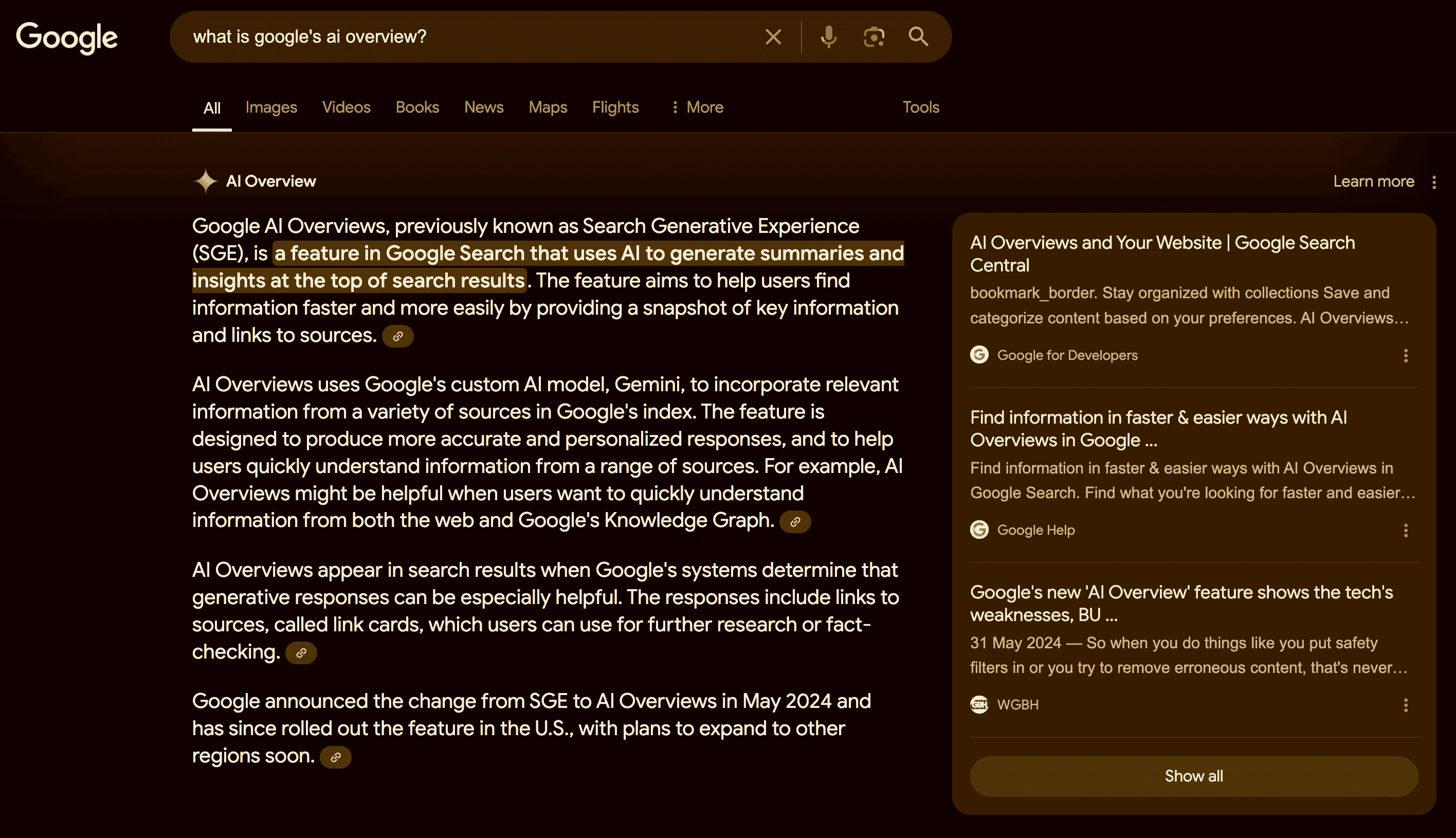Maximizing Profits in E-commerce: Tips for Online Sellers
Last updated on Wednesday, October 11, 2023
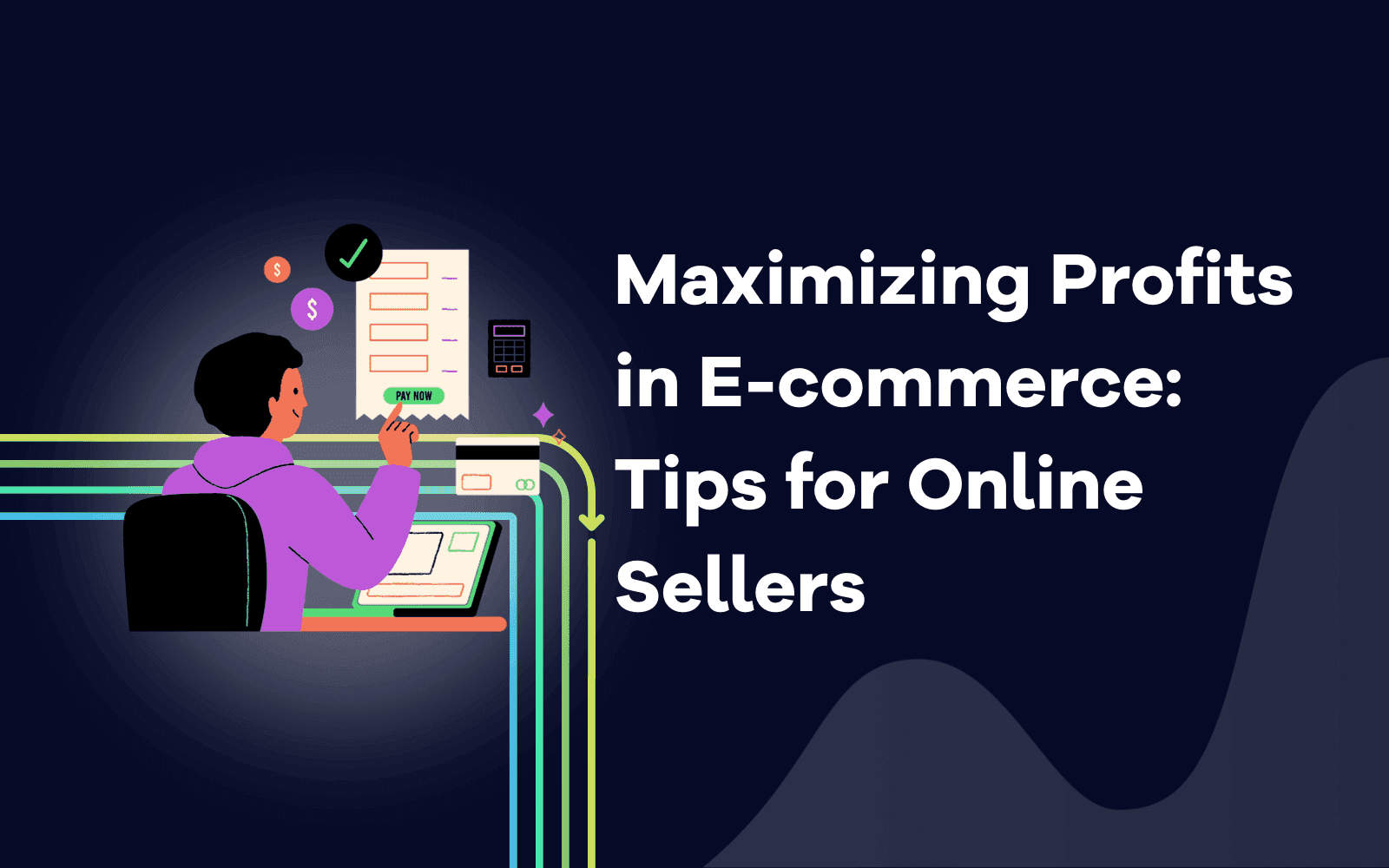
E-commerce is a booming industry that offers many opportunities for online sellers to generate revenue.
However, it also comes with many challenges, such as increasing competition, changing customer expectations, and rising operational costs.
How can online sellers maximize their profits in this dynamic environment?
Here are some tips to help you optimize your e-commerce business and increase your bottom line.
Optimize Product Listings and Descriptions
One of the most important aspects of e-commerce is to create attractive and informative product listings and descriptions.
These are the first things that potential customers see when they browse your website or app, and they can influence their purchase decisions.
High-Quality Images
Showcase your products with clear, high-resolution images from various angles. Use a white or neutral background to make your products stand out. Include zoom and rotate features to allow customers to view the products in detail.
IKEA stands as a prime example of using high-quality images to showcase their furniture and home accessories.

Compelling Descriptions
Craft detailed, persuasive descriptions that highlight the features and benefits of your products. Use bullet points to make them easy to read. Include relevant information such as dimensions, materials, colors, and warranty. Avoid using generic or vague terms that do not differentiate your products from others.
Keyword Optimization
Incorporate relevant keywords into your titles, descriptions, and tags to improve your search engine visibility.
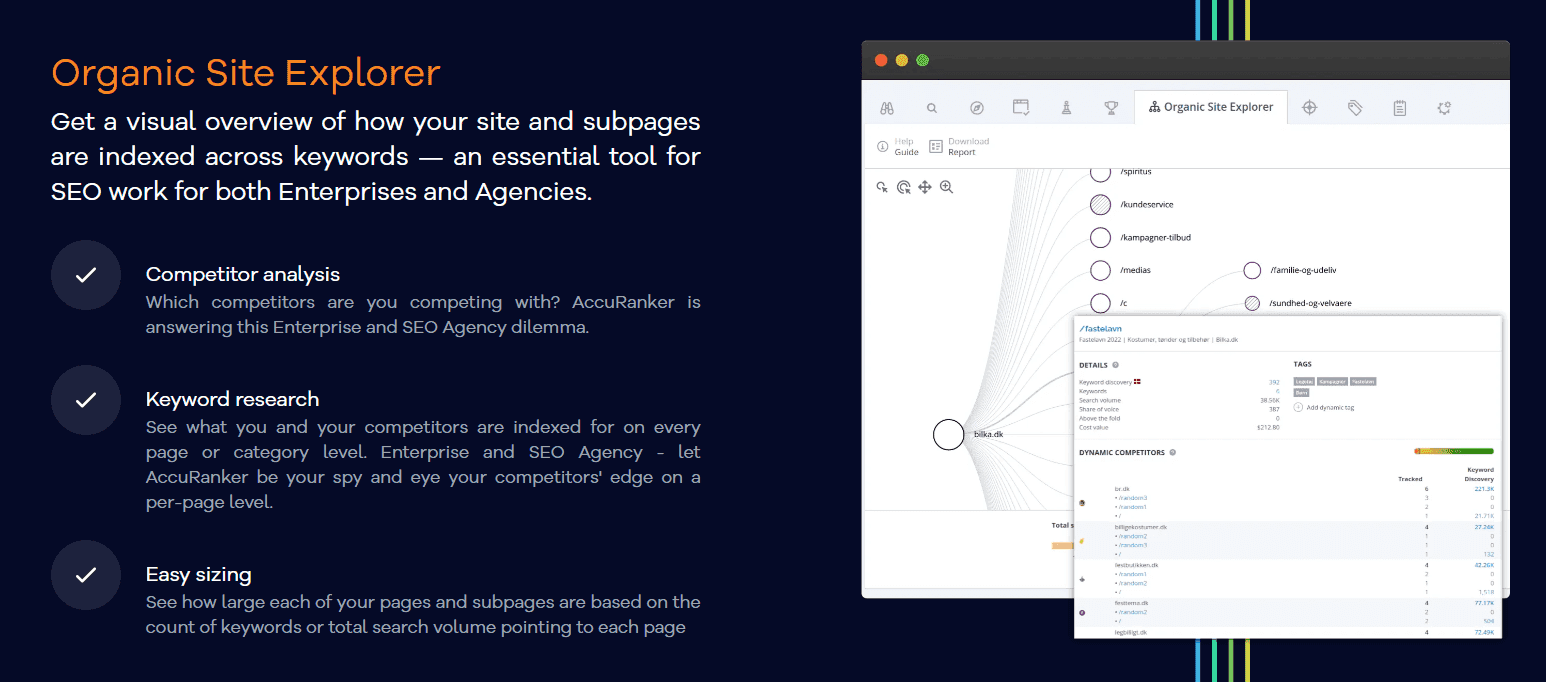
Personalized Customer Experience
Online shopping isn't just about buying things – it's about the whole experience. The way customers feel and interact with your brand matters a lot and can even affect how much money you make.
Think of it like this: when people discover your brand, buy stuff, and keep coming back, that's their experience. Now, there are many great online tools that can make this experience better and more personal.
You can use things like Google Analytics to see what your customers like, where they come from, and what they do on your website. This helps you know them more and treat them like the individuals they are. You can also use surveys or feedback forms to gather more insights from your customers.
However, understanding your customers extends beyond just analyzing their data. It's about actively responding to their actions and needs.
For instance, if they add items to their cart but don't proceed to checkout, it's an opportunity for you to reach out. Sending a reminder email, perhaps with a message like, "Hey, you forgot these items!" coupled with a special discount or incentive, can encourage them to finalize their purchase
Also, telling customers about sales or new stuff can make them excited to see what's happening.
Implement Dynamic Pricing Strategies
Another key factor that affects your e-commerce profits is pricing. Pricing is not a static decision that you can set and forget. It is a dynamic process that requires constant monitoring and adjustment based on various factors, such as market demand, competition, costs, and customer behavior.
To adjust your pricing based on monitoring your competitors’ prices, you can use tools such as Price2Spy to track and compare prices across different platforms and markets. For changing prices in line with market trends, tools like Informed.co work well. They automate pricing based on rules or use smart algorithms to optimize based on data.
If your goal is to draw in more customers and boost your sales, consider the power of discounts, pop-ups, coupons, and free shipping. These strategies can catch shoppers' attention and motivate them to make purchases.
Start with pop-ups on your website. When visitors land on your site, a well-timed pop-up can instantly offer them a special discount or inform them about an ongoing promotion. This immediate interaction can pique their curiosity and motivate them to explore your products further.
Take the example of Toner Buzz, an online store that specializes in printer toner and supplies. They greet website visitors with appealing pop-ups that offer exclusive discounts and gift cards.

TonerBuzz entices customers through pop-ups, offering discounts and added value.
Timing is key as well. Take advantage of peak shopping times, like holidays or special events, to offer these promotions. Adjusting your prices during these periods can create a sense of excitement and urgency among customers, encouraging them to make a purchase.
Prioritize Website Security
Customers who shop online want to be sure that their personal and financial information is protected from hackers, identity thieves, and other malicious actors. Therefore, e-commerce businesses need to invest in reliable security measures such as SSL certificates, encryption, firewalls, antivirus software, and regular backups.
These measures can help prevent data breaches, malware infections, phishing attacks, and other cyber threats that can damage the reputation and revenue of an e-commerce business.
Website security is not only important for protecting data and reputation but also for building trust and loyalty with customers. Customers who feel safe and secure when shopping online are more likely to return to the same website and recommend it to others. They are also more likely to spend more money and time on the website, increasing the profitability of the e-commerce business.
In addition, it’s vital to equip your remote team with the right tool to scan downloads for viruses, as it is crucial for maintaining security. If malware-infected files from remote staff find their way onto your website's server or infrastructure, they could indeed compromise the security of your website.
As a result, this could directly impact your customers. For instance, there's a risk of a customer data breach where the malware enables unauthorized access to the customer data stored in your website's database.
This data could include sensitive information such as personal details, payment information, and order history. It's important to take these risks seriously and implement effective security measures to safeguard both your website and your customers' data.
Integrating AI in E-Commerce Operations
The integration of AI technology has redefined the e-commerce sector. Plenty of AI tools are available to online businesses, ranging from website design automation to content creation. These advancements contribute to streamlined operations and improved sales.
For instance, AI-driven platforms optimize web designs based on prevalent market trends, ensuring sites capture and retain customer attention. AI's predictive capabilities also empower businesses to forecast sales trends, allowing for proactive inventory management and marketing campaign design.
Additionally, with AI-driven customer support tools, such as chatbots, businesses can swiftly address customer queries, reducing cart abandonment rates and driving up sales.
In short, AI isn't just an evolving trend—it's a transformative force that every e-commerce business should consider integrating to boost sales and stay competitive.
Efficient Inventory Management
Inventory management is another vital aspect of e-commerce that can impact your profits. Inventory management refers to how you manage your stock levels, orders, and deliveries.
Demand Forecasting: Analyze your sales data to predict future demand accurately. This involves forecasting demand based on historical trends, seasonality, and other factors. Amazon is a good example of employing sophisticated demand forecasting techniques.
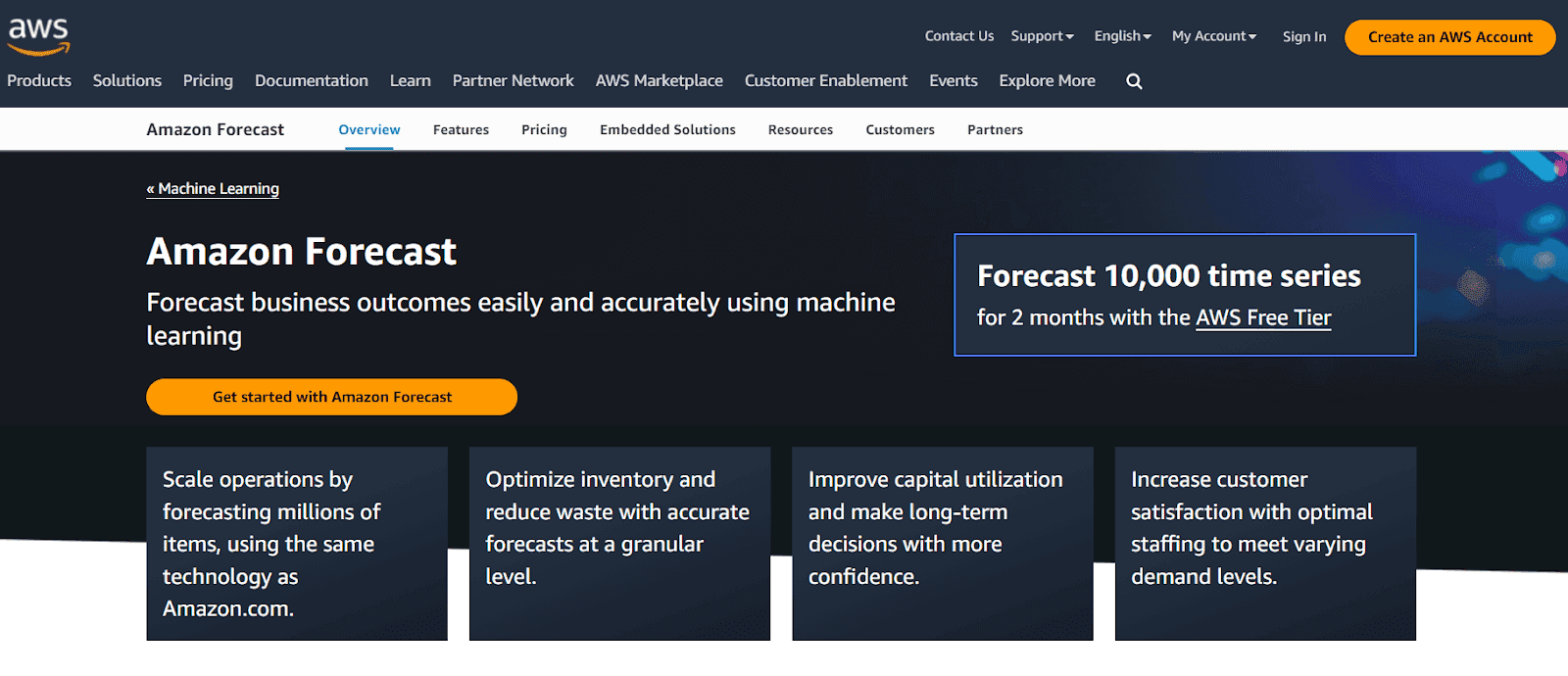
Just-In-Time Inventory: Maintain optimal stock levels to minimize costs and avoid overstocking or understocking. This requires managing your inventory across multiple channels and locations, along with inventory optimization techniques to determine the optimal reorder point and quantity for each product.
Dropshipping and Fulfillment: Explore third-party options to reduce your inventory expenses and improve your delivery speed and quality. This includes using dropshipping services or wholesale directories to source products from suppliers and ship them directly to your customers, as well as using fulfillment services to store, pack, and ship your products from their warehouses.
Ensuring efficient inventory management can help you reduce your costs, increase your cash flow, and improve your customer service.
Streamline Checkout & Payment Processes
Checkout and payment processes refer to how customers complete their purchases and pay for their orders.
Simplifying the checkout process involves clear calls to action, intuitive design, and minimal steps. Employing approaches like one-click checkout or guest checkout options can further reduce friction and increase conversions.
To cater to varied customer preferences and expectations by offering multiple payment options, such as credit cards, debit cards, digital wallets, or cash on delivery, you can use tools such as Stripe or PayPal to integrate and process various payment methods. You can also use local payment options to target specific markets or regions.
To display trust badges, certificates, or logos to assure customers of your payment security and credibility, you can use tools such as McAfee Secure or Trustpilot to verify and display your security credentials. You can also use encryption, SSL, or HTTPS protocols to protect your customers’ sensitive information.
Optimize User Experience With Mobile App Building
M-commerce is becoming increasingly popular and important for e-commerce businesses.
Around 60% of consumer spending on goods in e-commerce is now linked to purchases made through mobile phones.
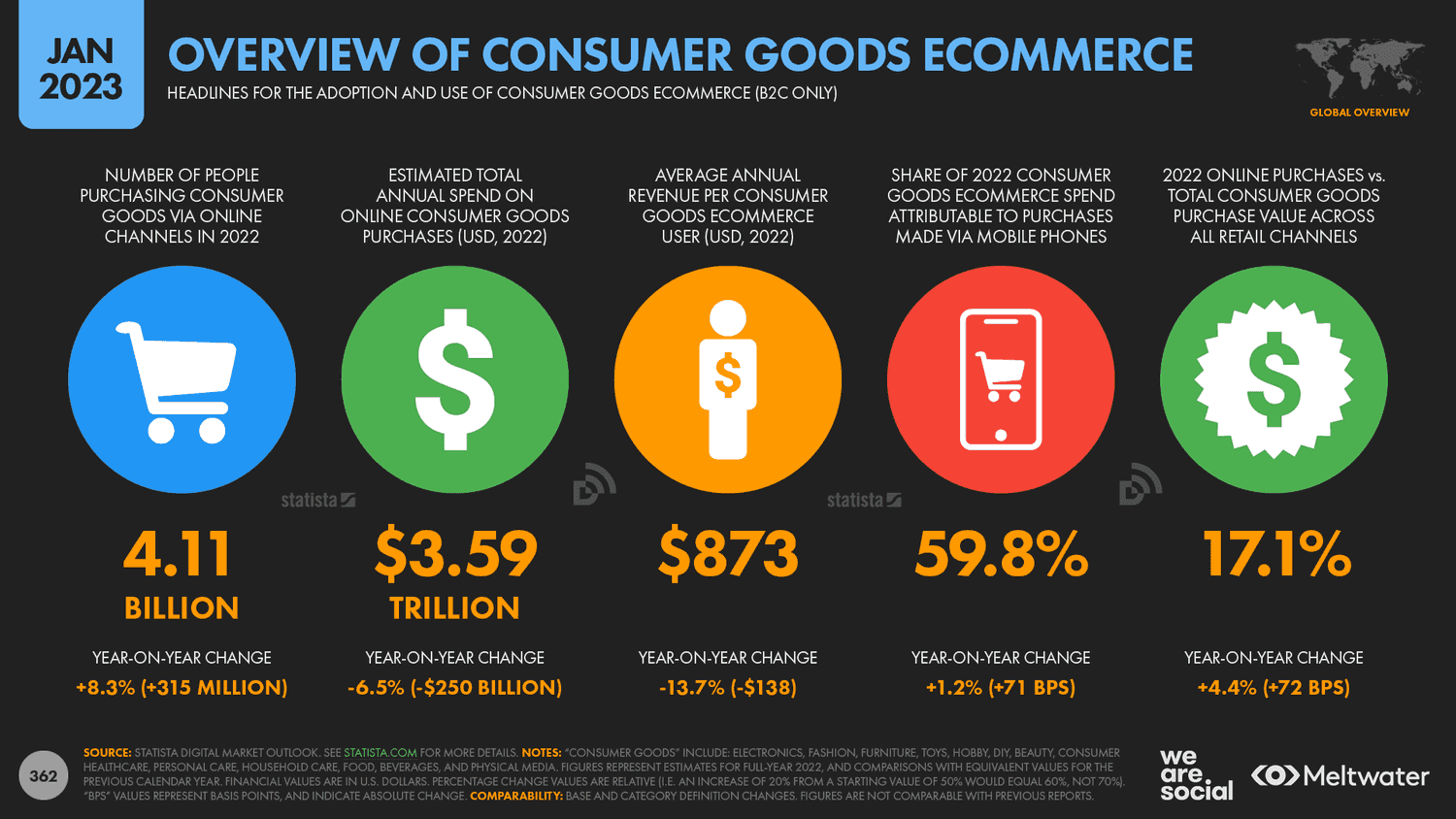
Some of the benefits of mobile app building are:
Enhanced Performance: Mobile apps can offer faster loading speed, smoother navigation, and better functionality than mobile websites. They can work offline or with low connectivity, which can improve customer satisfaction and retention.
Increased Engagement: Mobile apps can enable more personalized and interactive experiences for your customers. They use features such as push notifications, geolocation, or cameras to communicate with your customers and offer relevant offers or recommendations.
Improved Loyalty: Mobile apps can foster stronger relationships with your customers by creating a sense of exclusivity and convenience. They facilitate loyalty programs, rewards, or referrals to incentivize repeat purchases and referrals.
Final Words
In conclusion, maximizing profits in e-commerce requires a combination of successful strategies and a deep understanding of the market.
Following the tips outlined in this article, can help online sellers increase their sales, reduce their costs, and ultimately maximize their profits.
Remember to always stay up-to-date with the latest trends and technologies to stay ahead of the competition!

Article by:
Nick Huss
Digital Entrepreneur
Nick Huss is a digital entrepreneur and business enthusiast who constantly seeks and tests new ways of doing business better.
When not doing business, Nick plays soccer, travels the world, and writes books.
